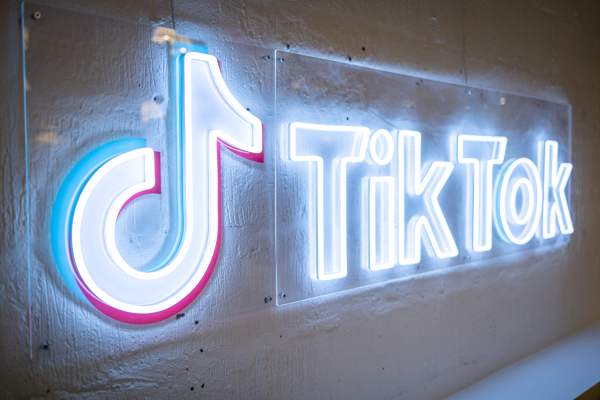As more creators turn to AI for their artistic expression, there’s also a broader push for transparency around when AI was involved in content creation. To address this concern, TikTok announced today it will launch a new tool that will allow creators to label their AI-generated content and will begin testing other ways to label AI-generated content automatically.
The company says it felt the need to introduce AI labeling because AI content can potentially confuse or mislead viewers. Of course, TikTok had already updated its policy to address synthetic media, which requires people to label AI content that contains realistic images, audio or video, like deepfakes, to help viewers contextualize the video and prevent the spread of misleading info. TikTok’s policy allows it to take down realistic AI images that aren’t disclosed.
However, outside of the extreme case of using AI to intentionally mislead users, some AI-generated content can toe the line between seeming real or fake. In this gray area, more transparency is generally appreciated by end users so they know whether or not the content they’re viewing has been heavily edited or created with AI.

Image Credits: TikTok
TikTok’s new tool being introduced now will not only make it easier for creators to comply with this existing policy around synthetic media, but also to label any other content that’s been completely generated using AI or significantly edited with AI. The tool will be available to creators upon uploading the video, and TikTok doesn’t expect creators to go back to re-label their past videos.
When the creator uses the new tool, TikTok will display a message below the username on the video that the creator has labeled the video as AI-generated.
However, TikTok won’t penalize creators for not labeling their AI content that doesn’t fall under the existing synthetic media policy.

Image Credits: TikTok
In addition, TikTok says it’s working to develop a way to automatically detect and label AI content. This week, it will begin testing an “AI-generated” label that will eventually apply to any content that it detects was edited or created with AI.
The company declined to share the specifics as to how its technology will look for possible AI content, noting that sharing those details could potentially allow bad actors to work around its detection capabilities. However, TikTok did say it will be testing different detection models for AI and it’s “assessing” provenance partnerships designed to help platforms detect AI better by embedding AI labels into the content itself.
Labeling AI is becoming a more common practice for large platforms with both OpenAI and Google announcing their own AI detection capabilities in recent months. Instagram also appears to be working on a feature that highlights when content has been created or edited with AI. And the EU is pushing for platforms to label AI content as a general rule in its fight against disinformation.
As a result of its new push for transparency, TikTok will also now rename all its effects that use AI by explicitly including “AI” in their names. That’s something it was previously refusing to disclose. In fact, when TikTok’s Bold Glamor filter went viral because of how much of a technical feat it was in terms of transforming users’ faces, some suspected the filter was not using AR (augmented reality), but AI. However, TikTok declined to respond to press inquiries asking if the product was AI at the time.
With the new labeling changes, users will now be able to determine which of TikTok’s filters are using AI at a glance. The company says its updated guidelines for Effect House creators will ask them to do the same.
TikTok notes it consulted with its Safety Advisory Councils when developing its new AI labels, as well as industry experts including MIT’s Dr. David G. Rand, whose research has examined how users respond to different types of AI labels. To that end, TikTok landed on the term “AI-generated” being widely understood across demographic groups.
It will also roll out educational videos and other media literacy resources over the coming weeks to help users better understand AI.
The updates follow other initiatives TikTok has taken around AI in media, including its February commitment to the Partnership on AI’s Responsible Practices for Synthetic Media, a code of industry best practices for AI transparency and responsible innovation, the company said. It also partnered with the nonprofit Digital Moment in August to host roundtables with young people to learn about their perspectives on AI advances online.
The AI labels will begin rolling out today but you may not immediately see them until the rollout is complete.
